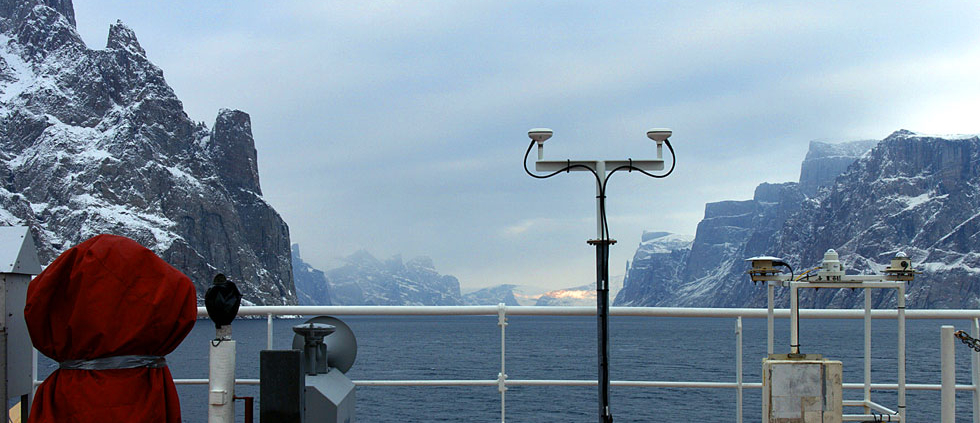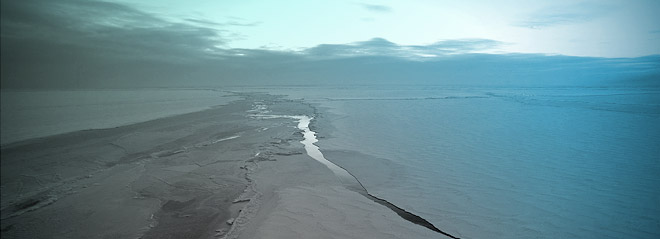Conference by Justin Dodd (Northern Illinois University, USA) on June 24th (9:45)
The 24th of June (9:45, room A215 (IUEM)), Justin Dodd (Northern Illinois University, USA) will present his work
Oxygen isotope values of biogenic silica: Diagenesis and utility as a paleoceanographic proxy.
Oxygen isotope values of biogenic silica: Diagenesis and utility as a paleoceanographic proxy.



 Jean- Pierre Aubé
Jean- Pierre Aubé



